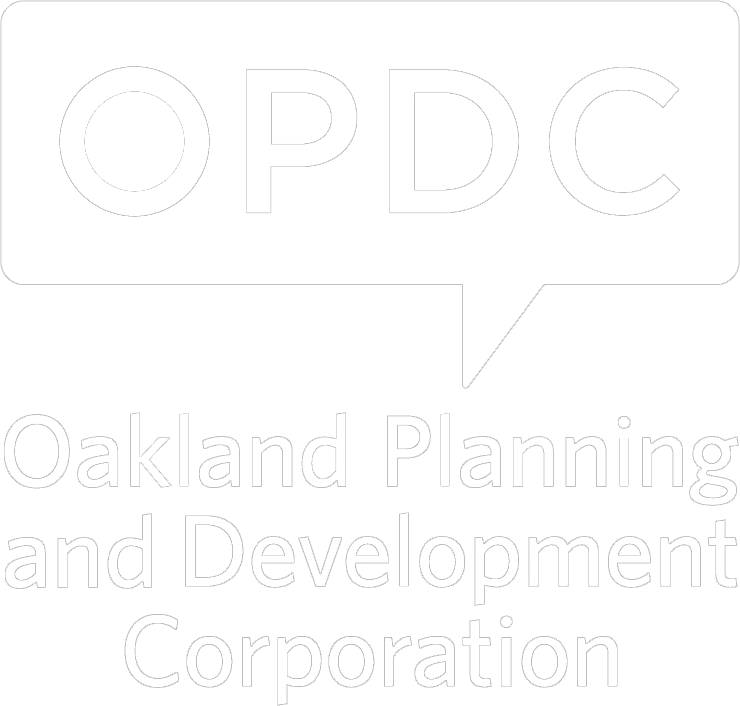By Madalyn Jenkins - OPDC News Runner Intern, University of Pittsburgh Class of 2024
Blue skies, final exams, Thursday night parties – all indications are that spring has arrived in Oakland, and it’s time to brace for move-out season. Every year, students leaving their Oakland apartments leave piles of unwanted stuff – some useable, some recyclable, a lot just trash – and the cumulative effect can be a little overwhelming. Clutter for a Cause is a collaborative program organized by OPDC and the University of Pittsburgh as a way to reduce student waste when moving in and out of their residences, whether they be on or off-campus.
Clutter events allow students (and community members!) to dispose of unwanted useable items; OPDC and Pitt then work together to get those items into the hands of people who will give them a second life. Students can buy items donated on campus at the August Thriftsburgh sale. Any leftover items will go to donation centers throughout the Pittsburgh region.
Clutter for a Cause donation events occur during peak lease turnover times throughout the summer, with drop-off locations and curbside pick-up services available. The first of this year’s events will be Friday, April 29, at the Sennott Square parking lot, from 10:00 a.m. until 3:00 p.m. More events will take place throughout the summer into early August.
Maura McCampbell, OPDC’s community programs specialist, helped organize last year’s events (and she blogged about it here). McCampbell recommends students and residents take advantage of the easy and convenient curbside pick-up service. “You register via a google form, OPDC will contact you to confirm pick-up, and volunteers will come and collect your items.”
It’s also important not to wait until the last minute to figure out move-out logistics. OPDC’s neighborhood quality consultant, Lizabeth Gray, has learned from experience: “We have all been there, where we had the intention to donate something, but then your parents are there to pick you up, and you are still packing up your boxes.” Gray advises that students start getting things together to donate at least a month before moving out.
Acceptable items to donate include:
· Hardwood furniture
· Metal furniture
· Bed frames
· Dressers
· Kitchen items, including dishes and silverware
· Art and décor
· Clothing
There are some items we cannot accept; these include:
· Mattresses
· Bedding
· Upholstered furniture
· Rugs
· Open containers of food and cosmetics
McCampbell has a great way of picturing the impact of your waste, stating, “From a personal perspective, I think it’s useful to think and envision the scale of what we are talking about. Think about packing up your room. You have two to three boxes of things you will not take home with you. Think of those three boxes multiplied by 10,000. That is a substantial volume of material sent to the landfill every year.”
Please donate to help mitigate the damaging effects of the abundance of waste. Think thoughtfully about your environment and the lasting impacts of your decisions on this community.
If you have any questions about Clutter for a Cause, please contact OPDC’s Sam Gallagher at sgallagher@opdc.org or 412.621.7863 ext. 118. Please register via this form to sign up for the curbside pick-up service.






